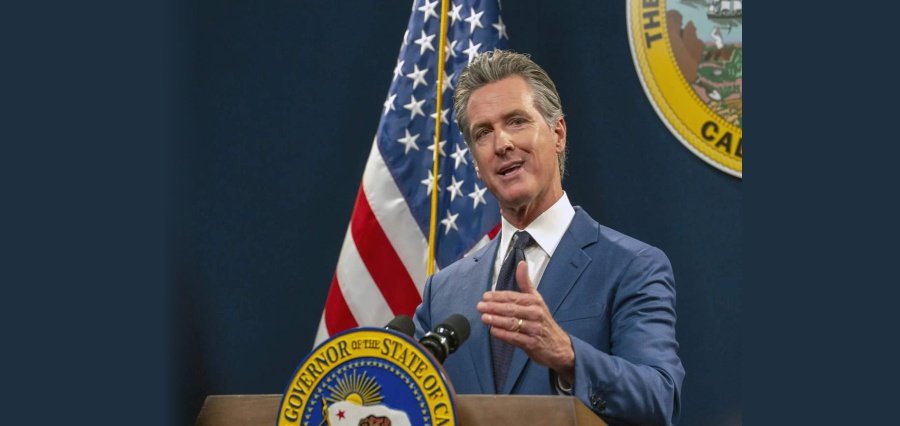California becomes the latest to ban classroom use of smartphones following the signing of the new law by Democratic Governor Gavin Newsom on Monday. This move is expected to cut on distraction caused in the classrooms and promote mental health from the effects of social media on students. Other states also have enacted similar laws, including Florida, Louisiana, and Indiana.
Governor Newsom stated that the new law will support the Californian students to focus on several aspects of the school activities, social enhancement and the world around, instead of screens.
Detractors argue that such policies should not burden the teacher with enforcement of such rules, and some have expressed concern that restrictions could lessen chances to have a certain type of phone to employ in emergency situations, and decisions about cell phone policy should be left to individual school districts.
Mr Troy Flint, a spokesman from California School Boards Association quoted saying “We support just a few school districts that have already moved to impose some forms of limitation based on their own local needs, but we oppose this sort of mandate.”
It directs school districts to establish rules of prohibition or prohibition with regard to smartphone use by 1 July 2026 and review them every five years. This was a follow-up of the 2019 law that made it possible for districts to prohibit access to student phones. In June, Newsom revisited the issue after the U.S. surgeon general urged Congress to impose warning labels on social media regarding its effects on youth.
Last month, Newsom called on districts to limit device use, which coincided with a vote by the Los Angeles Unified School District, the nation’s second-largest, to ban phones during school hours beginning in January.
Introduced by Assembly member Josh Hoover of Folsom, a Republican and a parent, the bill will be accompanied by a bipartisan group of legislators. “They go to a lot of the schools my kids go to,” Hoover said, explaining that schools with the same kind of restrictions are seeing kids resist because phones are so addictive.
“It’s hard to break that addiction for students,” Hoover said. “But most understand the need to focus better in class and improve face-to-face interactions with their peers.”


